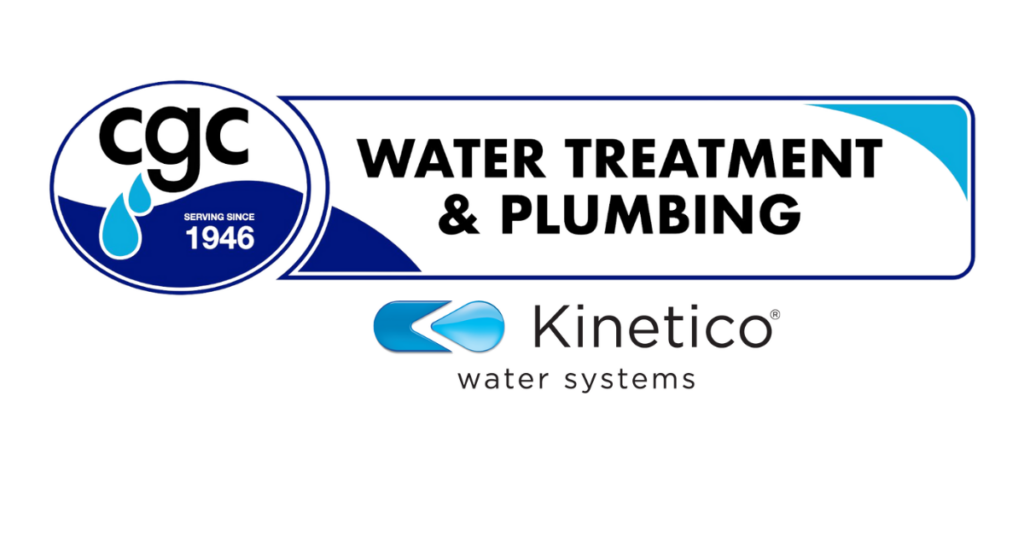What is PFAS/PFOS?
PFAS stands for a broad group of perfluoroalkyl and polyfluoroalkyl substances, which are just big words for man-made chemicals. They have been used in consumer and industrial products since they were created in the 1950s. They are resistant to water, heat, and oil, and do not breakdown easily in the environment. In recent years, experts have become increasingly troubled by the impacts of high concentrations of PFAS on human health. The two most common PFAS chemicals found are PFOA (perfluorooctanoic acid) and PFOS (perfluorooctane sulfonic acid), especially in drinking water. They have been considered to be Michigan’s biggest environmental crisis in 40 years, after finding more PFAS/PFOS than any other U.S. state.
Where are they?
There are a variety of ways someone could be exposed, here are the 5 most common ways people are encountering these chemicals:
Household/Workplace: Many products are made with PFAS compounds, such as microwave popcorn bags, non-stick cookware, stain-resistant furniture, and cleaning products.
Drinking-Water: Public water systems and drinking water wells near industrial areas with frequent PFAS manufacture, use or disposals could have the possibility to be contaminated.
Food: If the food has been packaged in PFOA/PFOS – containing materials or processed with equipment that uses contaminated tools.
Living Organisms: If people, animals, or fish ingest infected food or water, the chemicals can stay in their bloodstream for decades.
Air and Dust: When products that have made with PFAS materials are used they release the chemicals into the air and dust.
Why should you be concerned?
According to the Michigan Department of Environment, Great Lakes and Energy (EGLE), 1.5 million residents in Michigan have been contaminated by their drinking water. Only a handful of PFAS have been studied, PFOS and PFOA being two of them. We do know that after being ingested at high levels, PFOA and PFOS, can cause harmful health effects, including:
– Reproductive challenges
– Increased cholesterol
– Thyroid disease
– Deteriorated childhood immunity
The International Agency for Research on Cancer has found that when people are highly exposed to PFOA they could become carcinogenic. Because there are many other PFAS chemicals that have not been evaluated, we don’t know the full extent of their danger.
What can you do to stop them?
PFAS are very persistent and are not leaving Michigan anytime soon, being prepared and staying informed will prepare you for what is being called Michigan’s next water crisis. Hiring Kinetico CGC Water should be the first step you take to protect you and your family. If the results come back positive, it is recommended to only drink from bottled water, install a reverse osmosis system or install a carbon filter. A reverse osmosis system has the highest success rate in removing PFOA from drinking water. A reverse osmosis system consists of not just one defense against PFAS and other contaminants, it has 3! A reverse osmosis system has a sediment filter, carbon filter, and a reverse osmosis system membrane. The water will be forced through each filter and membrane with intense pressure and will trap any harmful contaminants or impurities.
Kinetico K5
While there are many reverse osmosis systems out there, they aren’t all certified to remove PFAS. The Kinetico K5 reverse osmosis system has been certified by the Water Quality Association to remove PFAS from household water. The K5 has both an activated charcoal filter and reverse osmosis system, which are the only systems that have proven to eliminate PFAS/PFOA. The K5 significantly reduces more contaminants than any other drinking water treatment unit. The K5 is the simple solution to the PFAS/PFOA problems in your home!
Treating your water is an important safety measure and will ensure you are not drinking harmful chemicals. At CGC, we take water treatment seriously! Call us today at 800-633-7114 for a free water analysis and start taking proven precautions against PFAS!






